Industry stakeholders cite poor resource allocation, lack of crop insurance and unstable markets as limiting factors
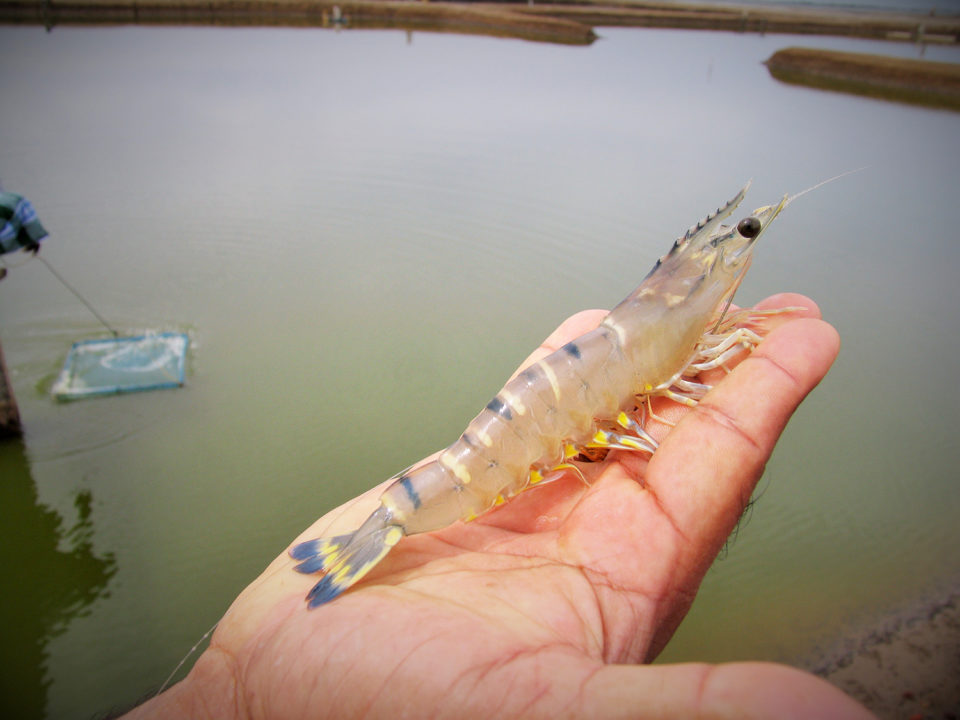
Long a global leader in farmed fish production, India has become an aquaculture powerhouse, with an estimated annual growth rate of 4.5 percent across multiple decades, according to the Food and Agriculture Organization of the United Nations. Recent growth rates are even more impressive, and India is now, according to FAO, the world’s second-largest contributor of farmed seafood, sitting behind only China in overall aquaculture production, at more than 5.7 million metric tons in 2016 – more than 7 percent of the global tally.
India’s freshwater fish production (major carps, pacu and even pangasius) is prodigious, but shrimp put the country the international seafood map, with $7 billion in total seafood exports forecast for this year, most of that shrimp.
After widely adopting the faster-growing and more disease resistant Pacific white shrimp (Litopenaeus vannamei) species in the 2000s after a disease outbreak, production ramped up significantly. Indian seafood officials earlier this year predicted 2019 vannamei production alone to reach 700,000 metric tons (MT), live weight.
But this singular focus on building the vannamei supply – estimates put vannamei production at 90 percent of India’s total shrimp output – has come at a price, some producers and industry insiders tell the Advocate. This lack of species diversity – and some say poor planning and governance as well – may have profound effects on future production, even as export records continue to be set. According to Seafood Trade Intelligence Portal’s trade data analysis released Oct. 17, India’s shrimp export total this year, January through August, is 417,000 MT, outpacing last year’s amount in the same timeframe by 3 percent.
India’s future potential as global seafood buyers’ leading source of farmed shrimp may ultimately be tied to its producers’ ability to adopt new technologies and best practices. As the vast majority of the estimated 120,000 shrimp farmers are smallholders, with an average of just 3 hectares (ha) each, uptake of new innovations in breeding, feeding and farm and disease management takes time. The Advocate asked several Indian shrimp producers and other industry insiders about India’s hilltop status among global shrimp producers, factors limiting growth and future market prospects. This is what they had to say.
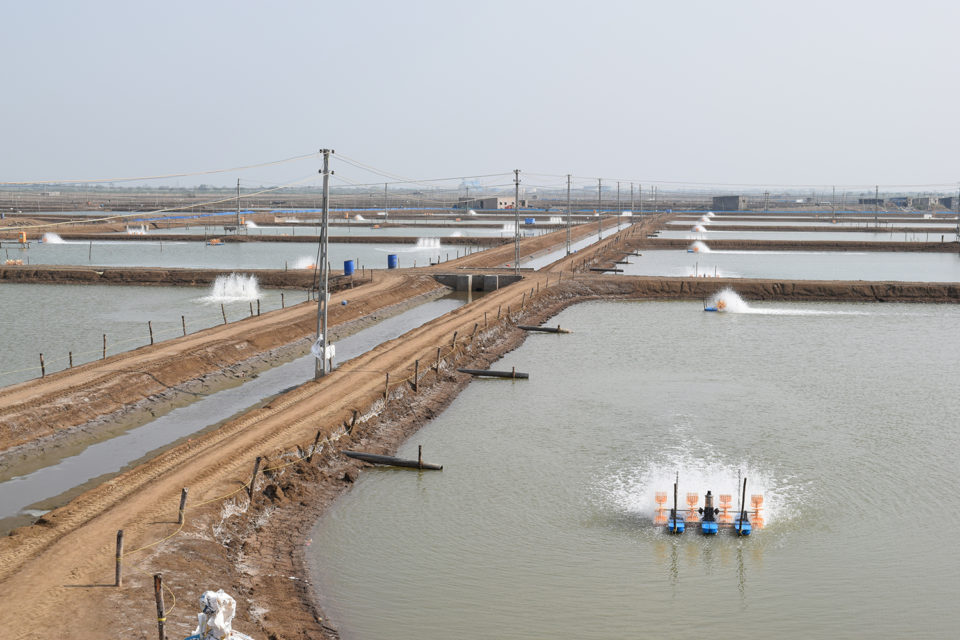
‘You can imagine’
India produced mainly black tiger shrimp (Penaeus monodon) until the white spot syndrome virus (WSSV) devastated the region in 2008, prompting producers to switch to Pacific whites beginning the following year. The move has had undeniable impacts, both good and bad, according to a prominent producer in the state of Gujarat, in western India. As the Asian subcontinent’s profile as a shrimp producer has grown, so has its risk profile.
Manoj Sharma, owner of Mayank Aquafarm and a longtime leader of Surat district shrimp producer associations, said the country’s farmers, by and large, were not ready for the transition.
“We introduced the shrimp to the farms like monodon, not vannamei. Our entire infrastructure was monodon. People tried the vannamei, and increased stocking density,” he said.
Sharma explained that for every area unit that farmers had stocked 5 to 10 monodon shrimp, they were now stocking 30 to 60 vannamei shrimp. As a result, India’s shrimp production ballooned from 142,000 MT in 2010 to more than 650,000 in 2018, according to the Seafood Exporters Association of India (SEFA).
“The entire growth was unplanned. It was an aquaculture explosion,” said Sharma, who now doubts whether India’s farm network can handle further growth, as many of his colleagues around the country are predicting. The water source that feeds his farms once supplied 150 ponds that would produce 3,000 kg of monodon shrimp per hectare. Today, that same water source supplies 4,000 ponds that produce 7 tons of vannamei shrimp per hectare.
He argues the carrying capacity of many waterways where shrimp farms are sited has been exceeded, which can lead to lower survival rates, slow growth and a host of diseases. When grouped with sludge, additional faeces, uneaten feeds or algal blooms, farms simply aren’t as successful, Sharma said.
“The total organic load, you can imagine,” he said, adding that improper utilization of natural resources, particularly overstocking, is India’s primary limiting factor, despite its staggering 200,000 hectares of shrimp ponds nationwide. “Look at Thailand, China, Vietnam. Wherever [vannamei] was introduced that country hasn’t done well after seven years.”
India’s shrimp production has been growing so fast that predictions were feverish, up to this year’s expectation of more than 700,000 MT. Sharma said there’s been talk of 1 million MT in annual hauls by 2020, but that number is unlikely to be reached soon.
“This year we might not even cross 550,000 [tons],” he said, as a result of diseases like WSSV and white feces disease that have left his “farming fraternity in total shock.” He’s hoping that India’s state governments will follow Gujarat’s lead and oversee aquaculture development. Gujarat is now home to 600 producers working 10,400 ha, with what Sharma said are the strictest biosecurity protocols in the country. “India has 29 states and no central policy,” he said. In Andhra Pradesh, he added, much of the farming activity is on private land.

A ‘surreal’ crisis
In the state of Odisha, on India’s eastern coastline, Aditya Dash has run his family business Ram’s Assorted Cold Storage since 2008. He’s also witnessed the shrimp boom of the past decade and like Mr. Sharma believes that resource allocation – i.e. water – is hampering the industry’s ability to plan for future growth. India has a “huge water crisis” he said, adding that responsible producers should pay for groundwater use.
“Chennai is so surreal, that a city lives on transported water,” he said. The reservoir that supplies Chennai’s drinking water has run dry due to recent droughts, so the city has hundreds of millions of liters of drinking water trucked in every day.
Dash and other stakeholders in India say that farmers take on too much risk, and the uncertainty of having a successful crop – coupled with farm gate prices often below the cost of production – make the future of the industry hazy. Dash says greater access to financing and crop insurance – which has been largely unavailable since the WSSV disease crisis a decade ago – are needed.
“I can easily get financing to buy a sportscar, but getting the same amount of financing for shrimp farming or aquaculture? This is especially true for the farming part of the value chain. Getting a loan to build a new hatchery or processing plant is easier,” he said.
The sheer diversity of the Indian people makes the uptake of new technologies a slow process, he said, and educating smallholders is a big task.
“Aquaculture is a technical subject and we have a huge digital divide,” he said. “India has the lowest data tariff rates in the world, but we have 22 official languages and 14 different scripts. The No. 1 complaint I get from farmers in Odisha is that there is no one to guide them.”
As a result, farmers tend to wait until they see something new work for their peers first: “This is true for farmers and humanity in general,” he said. “Farmers, like anyone else, need a lot of convincing.”
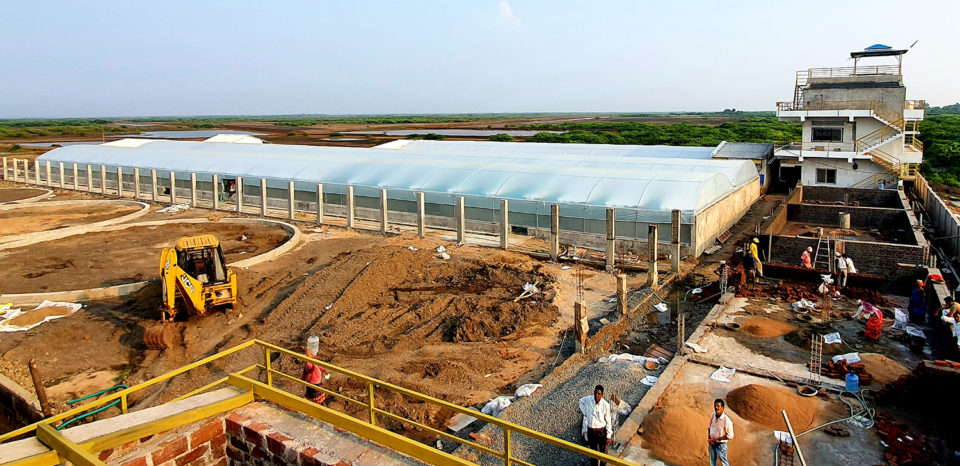
Losing the ‘laggard’ label
Technology entrepreneur Rajamanohar Somasunduram is out to solve such issues. With his young business Aquaconnect, based in Chennai, in the state of Tamil Nadu, he aims to become a one-stop shop or “omnichannel” for India’s shrimp industry. If producers need quality postlarvae for their grow-out farms or other supplies they can find it on Aquaconnect. His company recently got $1.1 million in seed funding from the aquaculture accelerator Hatch and the India-based venture capital firm Omnivore.
In building this business, Raj has gotten to know Indian shrimp producers of various sizes and has determined that, like much of India’s culture, they are intolerant of failure, which helps explain why they’re often slow to embrace new technologies until they are proven.
“We don’t deal with failures well. Dealing with failure, and learning from it, is the key to any business venture,” he said. “Failure, historically, is seen as a disaster in India, even affecting an individual’s family name and marriage prospects. Thus, they often wait to get feedback from their neighbors before venturing into new methods. Indian farmers are somewhere between the ‘late majority’ and ‘laggards’ in the technology adoption lifecycle.”
https://www.aquaculturealliance.org/advocate/if-its-broken-fix-it-startup-takes-on-shrimp-industry-india/
Aquaconnect now works with 3,000 farmers who share data intelligence with the company in exchange for reduced cost of services, including a predictive algorithm that maps out customer needs. Because smallholders are typically unaware of new technologies until approached by veterinarian service providers or feed companies, Aquaconnect is working on a “video portal” in the major Indian languages to showcase new innovations directly. And because banks and insurance companies are looking for reliable data sources to assess credit worthiness and risk profiles, he said, he hopes that Aquaconnect’s data-collection business model will help bridge knowledge gaps and extend credit to the farmers in his network.
“Formal financial credit and insurance is the need of the hour to make this business sustainable,” he said.
A dormant domestic market
Despite the nascent international reach its industry has attained, is India putting too many of its proverbial eggs in one basket, by focusing on shrimp – and to put a sharper point on it, one species of shrimp? Raj believes so.
“The shrimp mindset is limiting the industry’s fullest potential,” he said. “Indian farmers need to think beyond shrimp and expand to other species and expand new product innovation and capabilities in processing.”
Sharma of Mayank Aquafarms said the imbalance has eroded control in production. Production is up, clearly, but he argues that fewer growers are successful than they were a decade ago. And the fact that Indian shrimp is mainly an export commodity doesn’t just worry him.
“It scares me,” he said. “America was our biggest importer, but for the past three years it’s been China because they’re not producing well. Thailand is also not producing well. There is a vacuum and India is filling it. But what happens if they come back to normalcy? My biggest worry is that India has but 2 percent [domestic] consumption. We need to start promoting it, and I’m asking my farmers to donate funds to market shrimp in our area.”
As a point of emphasis, Sharma said he’s opened his own restaurant – it’s doing well so far, he added. “We have 1.3 billion people. If they eat only 1 kg of shrimp a year, our 700,000 MT of production can be consumed in-country.”
Dash, however, said prospects of a thriving domestic shrimp market are dim.
“I am very skeptical about Indian income levels reaching high enough levels so as to encourage significant shrimp consumption,” he said. “On top of that we as a nation are mostly vegetarian or eat chicken at most.”
Follow the Advocate on Twitter @GAA_Advocate
Now that you've reached the end of the article ...
… please consider supporting GSA’s mission to advance responsible seafood practices through education, advocacy and third-party assurances. The Advocate aims to document the evolution of responsible seafood practices and share the expansive knowledge of our vast network of contributors.
By becoming a Global Seafood Alliance member, you’re ensuring that all of the pre-competitive work we do through member benefits, resources and events can continue. Individual membership costs just $50 a year.
Not a GSA member? Join us.
Author
-

James Wright
Editorial Manager
Global Aquaculture Alliance
Portsmouth, NH, USA[103,114,111,46,101,99,110,97,105,108,108,97,101,114,117,116,108,117,99,97,117,113,97,64,116,104,103,105,114,119,46,115,101,109,97,106]
Tagged With
Related Posts

Health & Welfare
A study of Zoea-2 Syndrome in hatcheries in India, part 1
Indian shrimp hatcheries have experienced larval mortality in the zoea-2 stage, with molt deterioration and resulting in heavy mortality. Authors investigated the problem holistically.
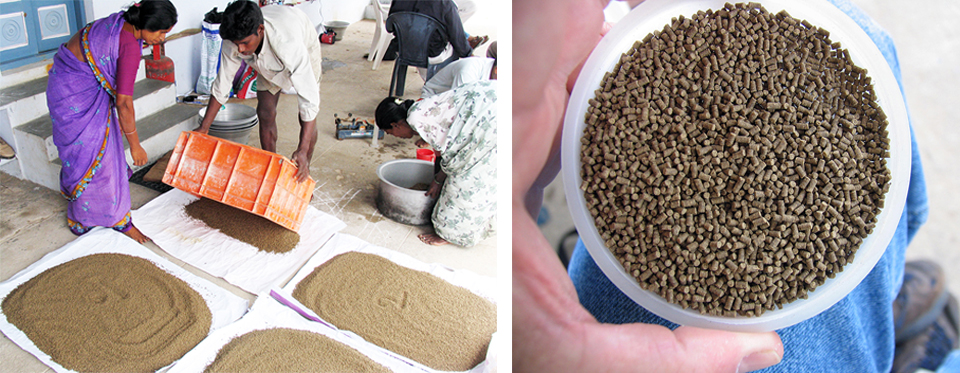
Aquafeeds
A look at India’s fish feed industry
India's fish-farming industry makes limited use of modern feeds, providing potential for the feed sector to grow. Commercial feeds are predominantly used for pangasius farming, followed by a rising popularity in carp culture.

Intelligence
Unified marketing strategy for shrimp inches forward
The Shrimp Forum returned to SENA with insights into innovations in production, the threat of antimicrobial resistance, a unified marketing approach and a forecast from India.
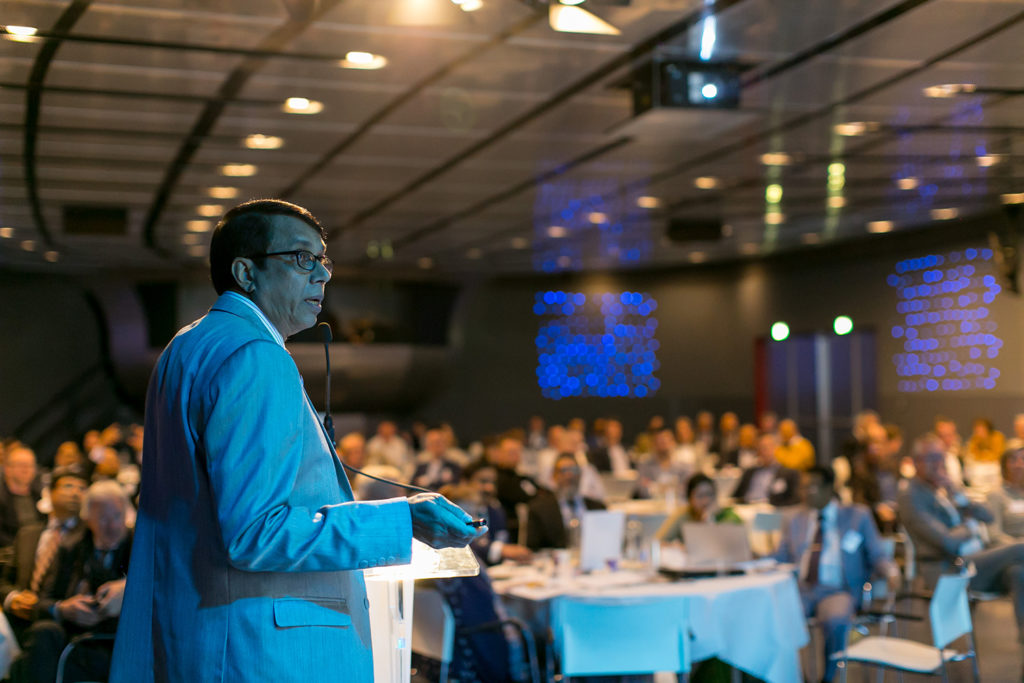
Intelligence
Bangladesh seeks more buck for its ‘bagda’
As more than 80 percent of Bangladeshi shrimp exports already go to EU markets, a consultation meeting involving buyers from the bloc and Bangladesh industry stakeholders and authorities was held at the end of last month in Utrecht, the Netherlands.


